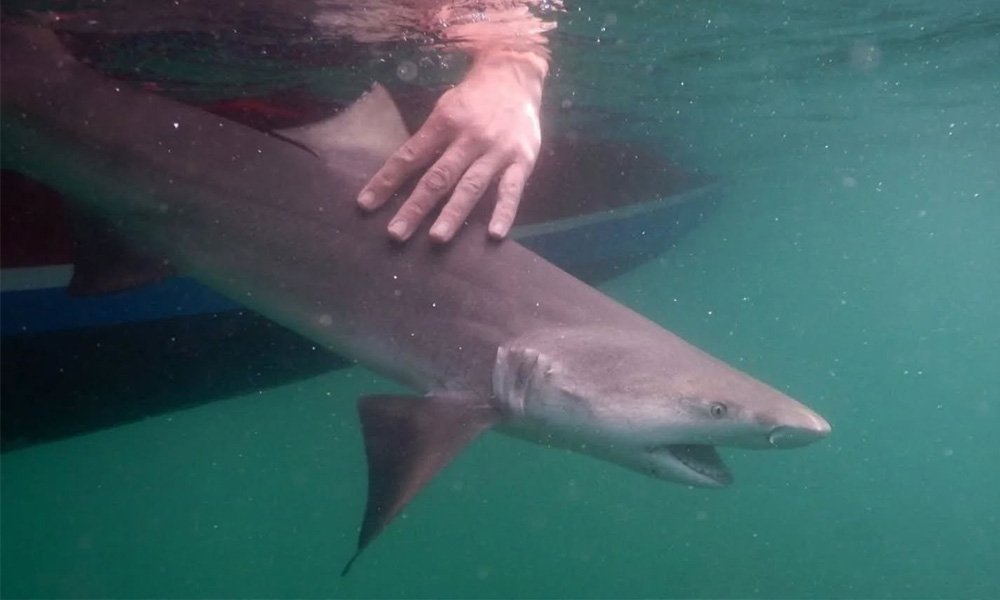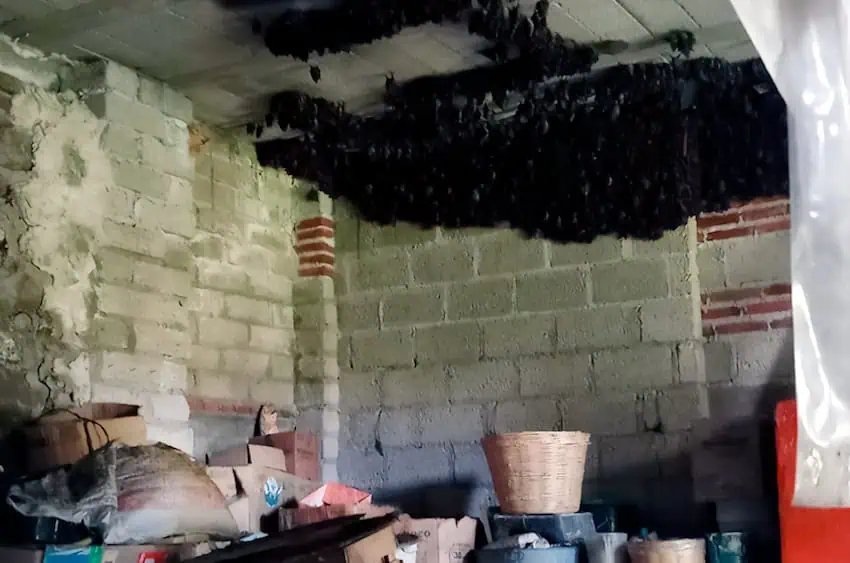Bahía Santa Elena is one of the best-preserved marine areas in the Costa Rica, renowned for its biological richness, scenic beauty, and ecological importance. This area is part of the Bahía Santa Elena Marine Management Area, a conservation space that protects key marine ecosystems such as rocky reefs, mangroves, and feeding grounds for various marine species, including sharks and rays.
On this occasion, Santa Elena Bay, located in Costa Rica’s North Pacific within the Guanacaste Conservation Area (ACG), was the starting point for a new scientific expedition led by European researchers Dr. Jonathan Goldenberg and Dr. Bastiaan Star from the University of Oslo (Norway), in collaboration with Dr. Mario Espinoza from the Center for Research in Marine Sciences and Limnology (CIMAR) at the University of Costa Rica (UCR).
The ACG continues to establish itself as a living laboratory for science, serving as the setting for high-impact research that seeks to answer key questions about the health of the planet.
The recent expedition is part of the innovative international SHARKSense project, which seeks to study whether the skin coloration of sharks and rays could serve as a natural bioindicator of environmental pollution. The premise of the study is that melanin, the pigment responsible for dark skin coloration, has the ability to bind to heavy metals present in the marine environment.
As predators, sharks can accumulate these contaminants through the food chain, so changes in their pigmentation could be directly related to exposure to these toxic compounds.
SHARKSense hopes to answer whether pollution is driving the evolution of darker-skinned individuals, through comparative studies in different regions of the world, including Costa Rica.
During 2025 and 2026, data collection in national waters will be expanded, strengthening knowledge about the country’s marine biodiversity and providing valuable information for the conservation and management of marine ecosystems.
“At ACG, we celebrate these types of scientific collaborations that recognize the value of our ecosystems as sources of knowledge, conservation, and global connection,” the organization said.
Each expedition reinforces ACG’s role as a natural platform for scientific research, which is key to understanding and protecting biodiversity on an increasingly threatened planet. This type of scientific collaboration between international researchers and Costa Rican scientists, such as the CIMAR-UCR team, is essential for marine conservation.




